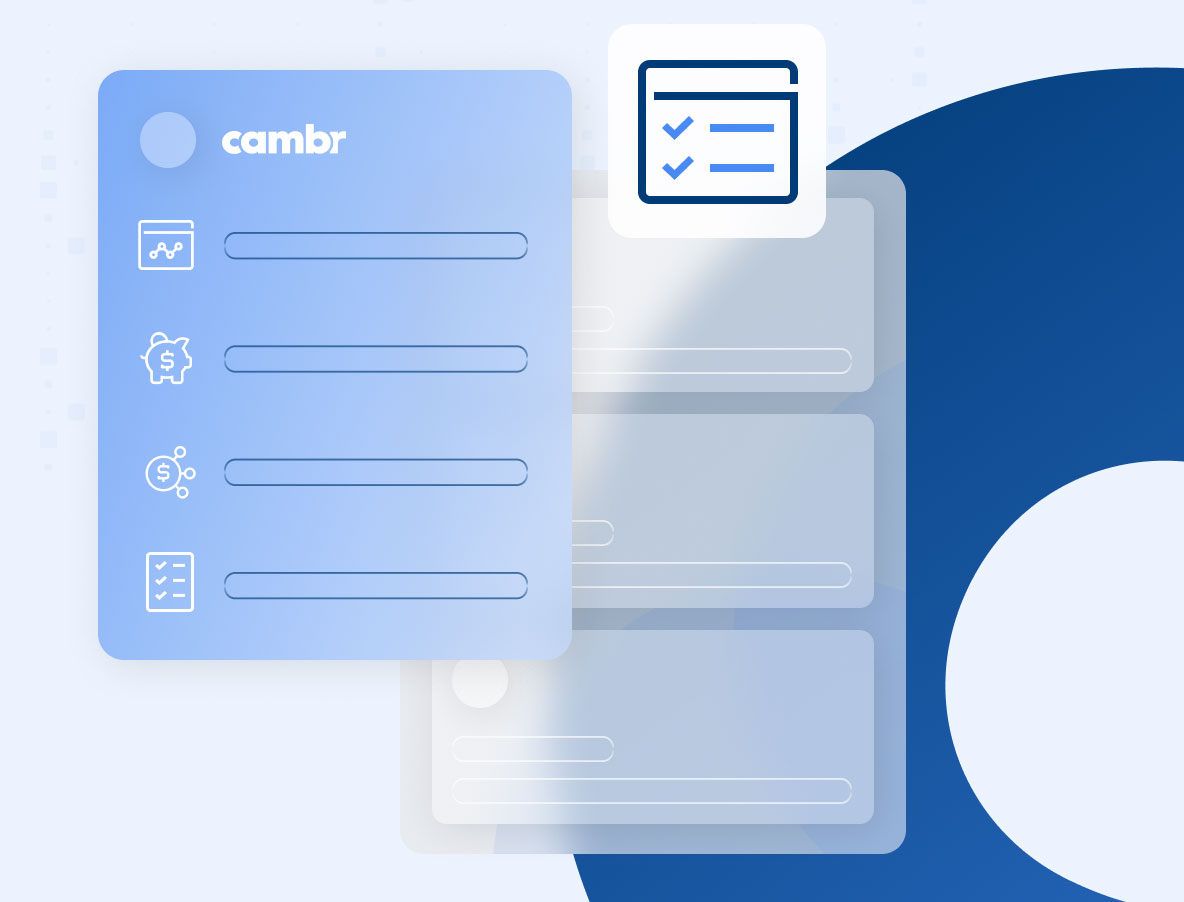
Deposit Concentration Risk: %%How to Manage It%%
Imagine waking up to find that a significant portion of your bank’s deposits have been withdrawn overnight. This nightmare scenario highlights the importance of managing deposit concentration risk – a critical, yet often overlooked, aspect of banking stability.
When a bank relies heavily on a single source or type of depositor, they take on deposit concentration risk. While deposits are the lifeblood of any bank, an overreliance on specific deposit streams can leave an institution vulnerable to withdrawal risk, funding instability, and even regulatory scrutiny. Deposit diversification strategies can help ensure resilience in the event of funding stress.
Key Aspects of Deposit Concentration Risk
• Diversity Matters: Banks need a mix of primary and secondary funding sources to ensure stability. Overdependence on one type of depositor can lead to unsafe and unsound practices.
• Unsafe Reliance: When banks overly rely on a particular source or program for deposits, they may find themselves unable to weather funding disruptions.
Examples of Deposit Concentration
• Large Individual Depositors: High net-worth clients or single depositors holding substantial balances can pose risks if they decide to withdraw their funds.
• Industry-Specific Deposits: Overexposure to deposits from a particular sector, such as real estate or tech, can amplify risks tied to industry downturns.
• Large Deposit Programs: Successful partnerships can generate significant deposits but also concentrate risk if they dominate the bank’s funding mix.
• Uninsured Deposits: Deposits exceeding FDIC insurance limits can be volatile, especially during times of financial uncertainty.
Regulatory Guidance on Concentration
Regulators focus on limiting deposit concentration risk. Concentration risk can lead to severe consequences, including:
• Withdrawal risk, where funds are quickly pulled out
• Loss of a stable funding position
• In extreme cases, bank failure
Tips to Manage Deposit Concentration Risk
Effectively managing deposit concentration risk requires a strategic and diversified approach. Below are actionable steps banks can take to help mitigate their exposure.
1. Diversify Opportunities and Programs
Gaining access to a wide range of funding sources is key. By participating in multiple programs and attracting a variety of depositors, banks can create a more balanced deposit mix.
2. Set Risk Limits
Establish clear limits for deposit exposures to safeguard against over-concentration. This enables the bank to navigate funding stress without jeopardizing its financial position.
3. Assess Deposit Stability
Understanding the stability of deposits is critical. Banks should evaluate:
• Likelihood of Retention: How likely is it that deposits will stay at the bank during a financial crunch?
• Stress Testing: Use stressed cash flow projections to gauge the potential impact of deposit withdrawals.
4. Evaluate Deposit “Stickiness”
“Sticky” deposits—those less likely to move—are more stable and reliable. Factors influencing stickiness include:
• FDIC Coverage: Deposits within insurance limits are less prone to flight during uncertainty.
• Fiduciary Responsibility: Depositors managing funds for others (e.g., corporate treasurers) often prioritize stability.
• Public Information: Depositors who rely on publicly available information about a bank’s financial health may be more likely to leave during volatility.
• Banking Relationships: Customers with multiple accounts and services, such as loans or treasury management, are less likely to withdraw their deposits.
5. Conduct Independent Reviews
Bring in qualified, independent reviewers to assess your bank’s funds management practices. An objective evaluation can reveal vulnerabilities and provide actionable recommendations.
6. Use Regulatory Resources
Regulators provide tools such as the Uniform Bank Performance Report (UBPR) User’s Guide. This resource defines core deposits, which generally include stable funds but may also highlight deposits prone to greater volatility. Leveraging these insights can help banks identify and address concentration risks effectively.
7. Partner with a Sweep or Wholesale Provider
A provider like Cambr can help banks manage excess deposits by sweeping funds into external accounts or other institutions, thereby reducing concentration risks. When structured properly, these programs can help align with regulatory expectations. By choosing a bank-backed vendor like Cambr, you can be assured they’re cognizant of the regulatory requirements of your organization.
Cambr also provides wholesale funding to supplement banks’ existing deposit bases and support stability. Sweep accounts may also help facilitate insurance coverage because the deposit funds are distributed across multiple lenders and banks.
Why It Matters
Deposit concentration risk is not a hypothetical concern; it has real-world consequences that can jeopardize the financial health of banks and their customers. In today’s economic environment, managing this risk is critical not only for regulatory compliance but also for maintaining depositor trust and institutional stability.
Banks that adopt a proactive approach—implementing deposit diversification strategies, setting risk limits, and leveraging tools like those provided by Cambr—will be better positioned to navigate times of stress and emerge stronger.




